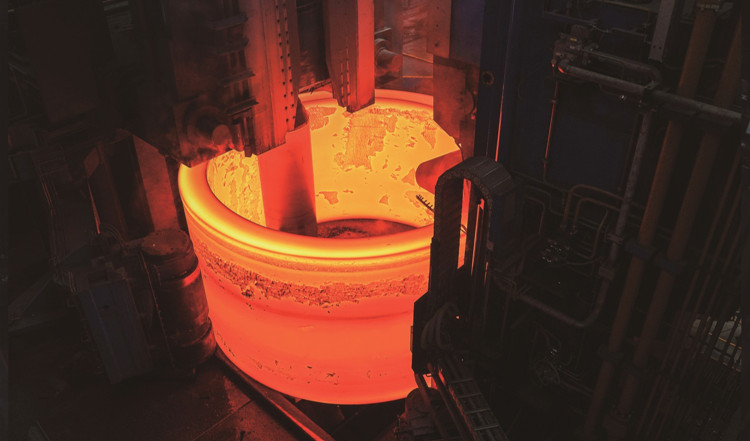- tyler@kirail.com
- +86 15603721115
To simplify the shape of forgings to meet the needs of the forging process, the holes on the parts are small, the grooves are narrow and the differences are small. In the case of steps of small length and other difficult forging places, metal is usually used to fill, and this part of the excess metal is called forging allowance.
For manufacturing, some parts can be machined to the exact final size of the forging. This part of the allowance must be given machining allowance, tolerance, and technical conditions such as flatness and concentricity at the forging stage.
Machining allowance increases the mass of the forging. The extra mass and the machining steps required to eliminate these allowances increase the cost of the finished part. Therefore, the allowance provided by each machining step should be as small as possible while ensuring that the required amount of metal for all sizes of the finished part can be easily obtained using conventional production processes.

Tolerance describes the range of deviation allowed for a given size. The tolerance is approximately one-fourth of the allowance (positive or negative).
In order to understand the part shape and check the actual machining allowance of the forging, the part shape is marked with a double dashed line on the forging drawing. The nominal size and tolerance of the forging are indicated above the dimension line, and the part size is indicated below the dimension line and enclosed in brackets.
The flatness and concentricity of the forging are usually determined by negotiation between the forging plant and the buyer. The machining allowance and tolerance of free forgings can be determined by negotiation between the supplier and the buyer. Table 1 The machining allowance and dimensional tolerance of free forgings are for reference. If the forging is cut off in the final process, the bevel angle of the forging end face should not exceed 10°; if the forging is a rectangular cross-section, its machining allowance and tolerance should be selected according to the maximum cross-sectional size.
The machining allowance and tolerance of aluminum alloy forgings for hydraulic presses in my country still need to be uniformly specified by the enterprise. The data given in Table 1 can be used for reference by those who have no data. If the forging is cut off in the final process, the bevel angle of the forging end face should not be greater than 10°. If the forging is a rectangular cross-section, its machining allowance and tolerance should be selected according to the maximum cross-sectional size.